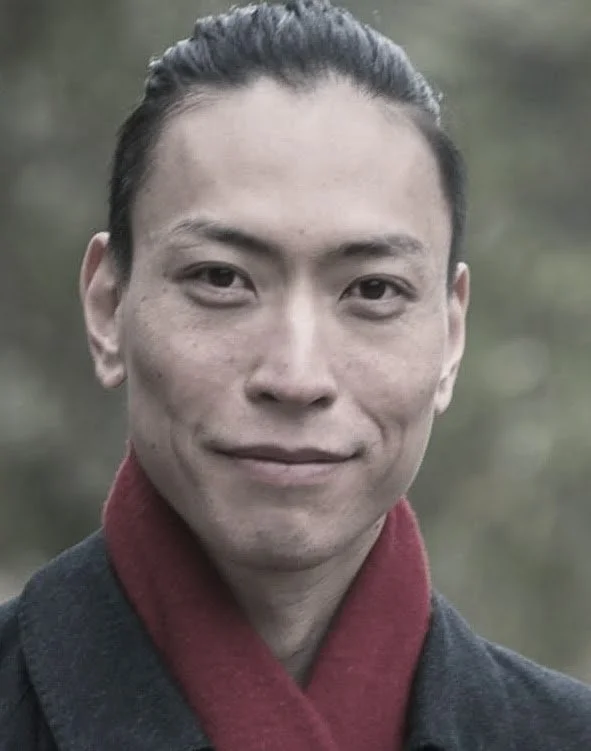The Aesthetic of “Statelessness” Institute
About Us
The Aesthetic of “Statelessness” Institute aims to provide a forum for facilitating dialogues on the political, aesthetic, and ethical questions posed by the condition of statelessness. This condition requires a transdisciplinary perspective beyond the strictly social scientific confines in which statelessness has hitherto been considered. Informed by contemporary art, cinema, and literature, this Institute focuses instead on the ongoing debates in the arts and humanities on this urgent question of our times.
Statelessness is a product of the modern world where the whole planet is segmented into sovereign territories of nation-states, thus placing those without (or with ambiguous) national membership in a state of exception. Refugees, migrants, exiles, fugitives, defectors, human trafficking victims, and historical castaways might variously occupy both de facto and de jure conditions of statelessness. On the one hand, conditions of statelessness are marked by precarity and vulnerability, at least in the present geopolitical configuration in which the lack of national membership is automatically regarded with suspicion. In a world where humanity is habitually imagined as a “family of nations,” the stateless have limited recourse to demand that their human rights be respected or even acknowledge, to contest constant surveillance by state apparatuses, and to exercise the kind of freedom of movement guaranteed to members of nation -states, whether for travel, work and education, or immigration. On the other hand, statelessness is not a social problem waiting to be resolved by nation-states’ “magnanimous” act of expanding citizenship, for it is the nation-states and their inherently exclusionary underpinning that are its fundamental cause. Statelessness thus makes conceptual room for critically interrogating the viability of the nation-states system and empathically considering all other non-citizen/non-human beings that are deprived of dignity and “the rights to have rights” within the system.
In The Origin of Totalitarianism (1951), Hannah Arendt raises the alarm about the post-WWII neologism “displaced persons,” a term that reflects society’s desire for “liquidating statelessness once and for all by ignoring its existence.” How statelessness is to be addressed and visualized is thus a vital question that is at once political and aesthetic. Arendt’s alarm was prescient when we consider how a collective unseeing of “statelessness” had facilitated mass deportation of the formerly colonized, often under the banner of repatriation, in different parts of the post-imperial world both during and following Arendt’s writing. The visuality of stateless people (or the lack thereof) continues to be an urgent concern today as little progress has been made to resist the collective amnesia over their existence or to prevent genocides conducted on the basis of ambiguous or unacknowledged national membership. What roles can art, criticism, and scholarship play in the negotiation over the visuality of the stateless? The question is not only whether the stateless are able to speak, but also if they are heard when some do speak. In what conditions is statelessness made to matter? What does it take to bear witness to the lived, embodied, and personalized articulations of the various experiences of statelessness? How does attention to the stateless recalibrate our senses to approach non-citizen/non-human sentient and non-sentient beings with care? How might we depart from seeing the world as a “family of nation” in favor of seeing ourselves ecologically? Such are questions that cannot be addressed through the social sciences alone; they require an aesthetic perspective.
The Aesthetic of “Statelessness” Institute aspires to provide a laboratory for exploring these questions in a transdisciplinary collaborative set up, drawing on artists, filmmakers, and writers whose works offer important discursive openings to break through some of the conceptual impasses. Of particular interest is the impasse in conceptualizing collective memory, the pain of others, and empathy and affect. The Institute invites aesthetic, philosophical, and empirical inquiries that seek to disengage these concepts from the nation-based imaginary of the world and win them for an ecological planetary outlook.
People
Soni Kum is an artist. She works across a variety of media, including film and video, installation, performance, writing, photography, drawing and dance. Her work has been exhibited at numerous art spaces and film festivals around the world. Her recent projects include Morning Dew: A collaborative project between the artist and ex-“returnees” who defected from North Korea to Japan.


